Bird of Paradise
Bird of Paradise (Strelitzia reginae) is a striking and iconic tropical plant renowned for its stunning flowers and large, banana-like leaves. Native to South Africa, this plant is a favorite in gardens and as a houseplant, admired for its exotic appearance and vibrant colors.
Key Characteristics:
- Appearance: The Bird of Paradise features long, arching leaves that can grow up to 18 inches in length. The leaves are glossy green and can resemble those of a banana plant. The flowers, which resemble the head of a bird, are bright orange and blue, emerging from a unique, rigid, boat-shaped bract. The blooms can last for several months and are highly sought after in floral arrangements.
- Size: When grown indoors, the Bird of Paradise can reach heights of 3-6 feet, while outdoor plants can grow even taller, reaching up to 10 feet or more.
- Light Requirements: This plant thrives in bright, indirect light but can also tolerate some direct sunlight. Adequate light is crucial for promoting blooming. In lower light conditions, the plant may not flower as abundantly.
- Watering: Bird of Paradise prefers to be kept consistently moist but not waterlogged. Water the plant when the top inch of soil feels dry. During the growing season (spring and summer), it may require more frequent watering, while in the fall and winter, watering can be reduced.
- Soil: A well-draining potting mix is essential for the Bird of Paradise. A mix that includes peat, perlite, and orchid bark will provide good drainage and aeration, which is important for healthy root development.
- Temperature: The ideal temperature range for Bird of Paradise is between 65-70°F (18-21°C) at night and 70-85°F (21-29°C) during the day. It prefers higher humidity levels, so misting the leaves or placing the pot on a tray of pebbles and water can help increase humidity.
- Care: This plant benefits from regular fertilization during the growing season with a balanced, water-soluble fertilizer every 4-6 weeks. Pruning is minimal; simply remove any yellow or damaged leaves to maintain its appearance.
Benefits:
- Aesthetic Appeal: The striking foliage and unique flowers make the Bird of Paradise a stunning decorative plant, perfect for adding a tropical touch to homes, offices, or gardens.
- Air Purification: Like many houseplants, the Bird of Paradise contributes to improved indoor air quality by filtering out common pollutants.
- Longevity: With proper care, Bird of Paradise plants can live for many years and even become quite large and impressive.
Potential Issues:
- Leaf Browning: Browning leaf tips can indicate underwatering, low humidity, or exposure to cold drafts. Maintaining consistent moisture and humidity can help prevent these issues.
- Yellowing Leaves: Yellow leaves may signal overwatering or insufficient light. Adjusting your watering routine and ensuring adequate light can help address these concerns.
- Pests: While generally resistant to pests, Bird of Paradise can occasionally attract spider mites, aphids, or mealybugs. Regular inspection and treatment with insecticidal soap or neem oil can help manage infestations.
Caution:
- Toxicity: Bird of Paradise is considered mildly toxic if ingested, potentially causing irritation or digestive issues. Itâ’s best to keep the plant out of reach of pets and small children.
The Bird of Paradise is a beautiful and impressive plant that can enhance the aesthetic of any indoor or outdoor space. Its exotic foliage, striking blooms, and relative ease of care make it a popular choice for plant lovers looking to add a tropical flair to their environment.

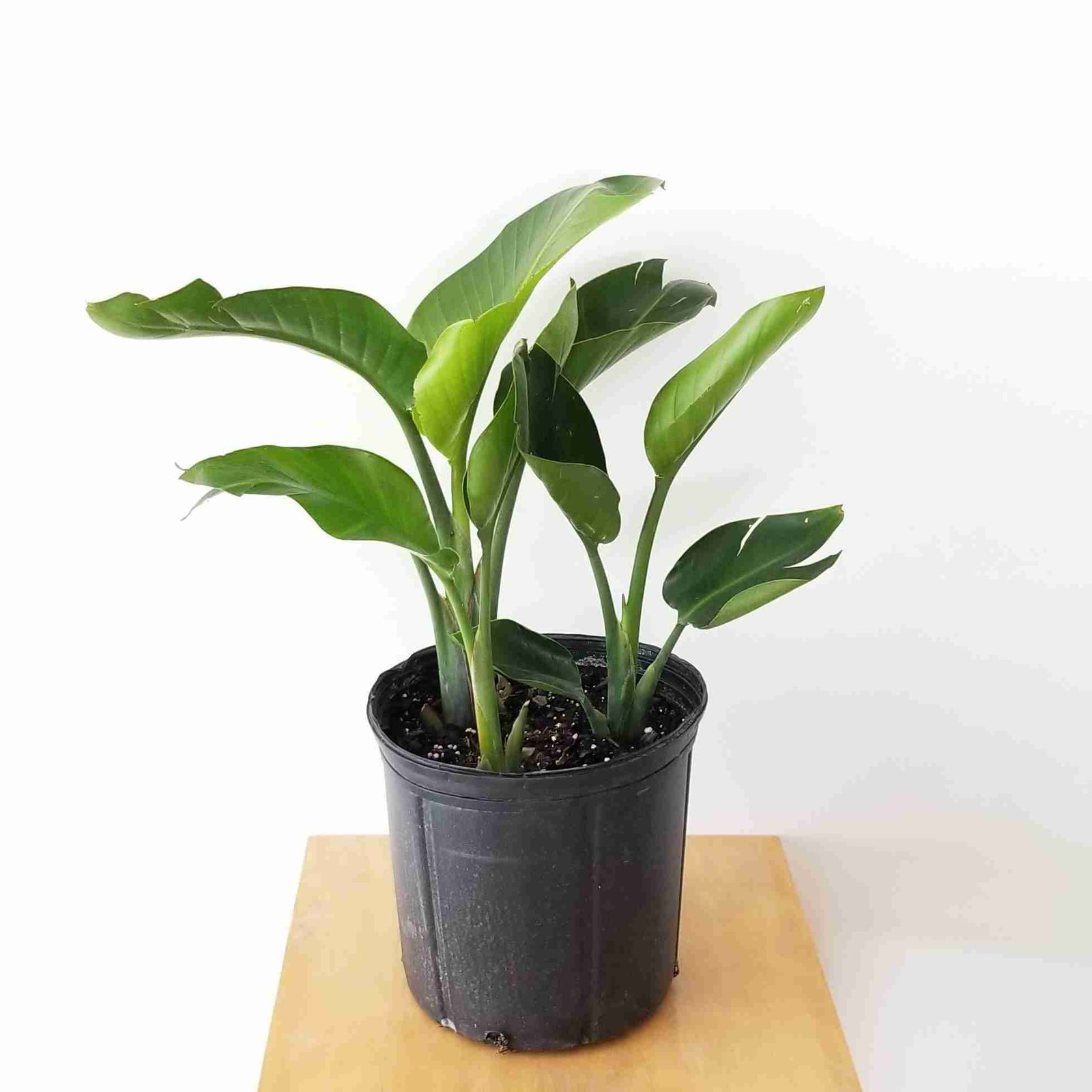
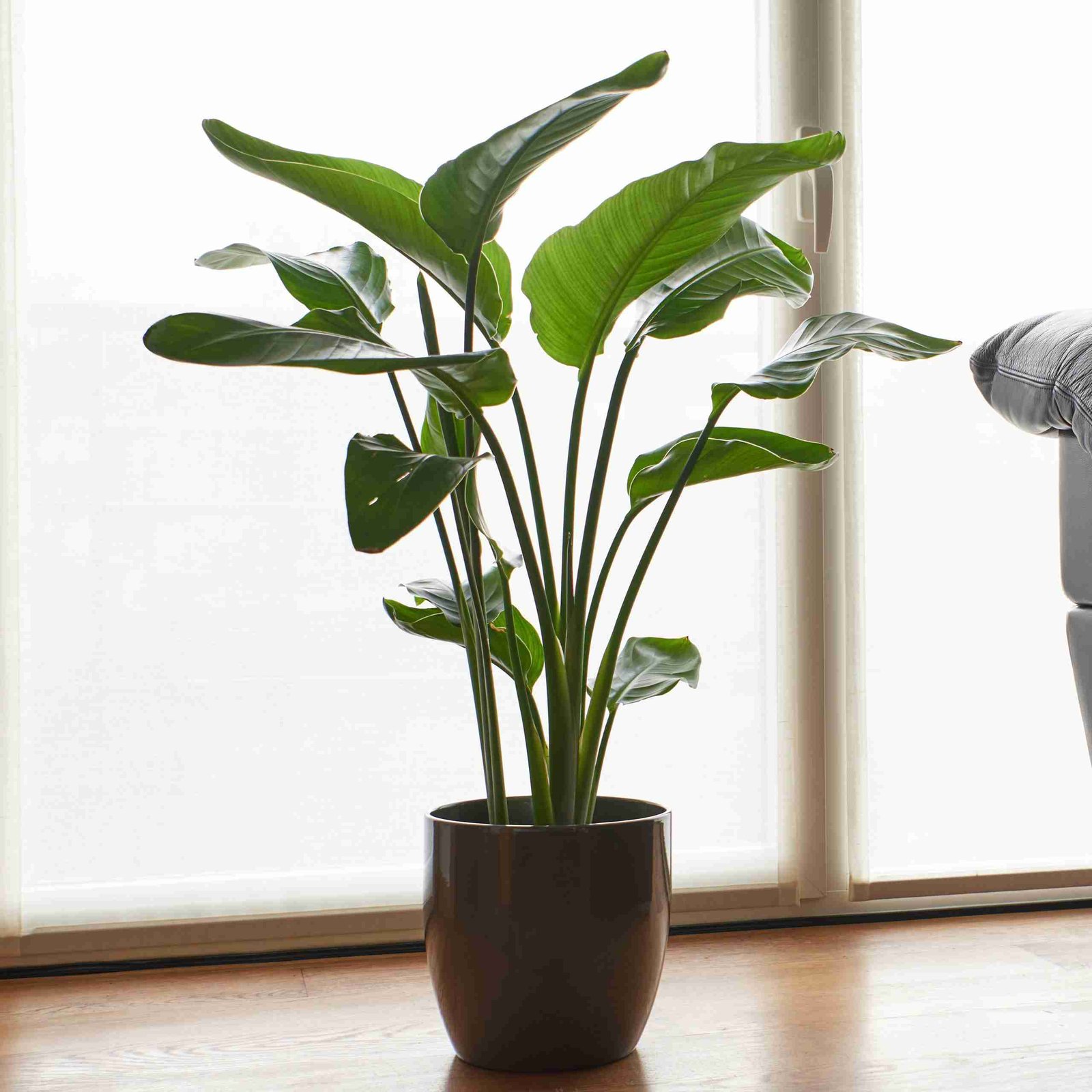
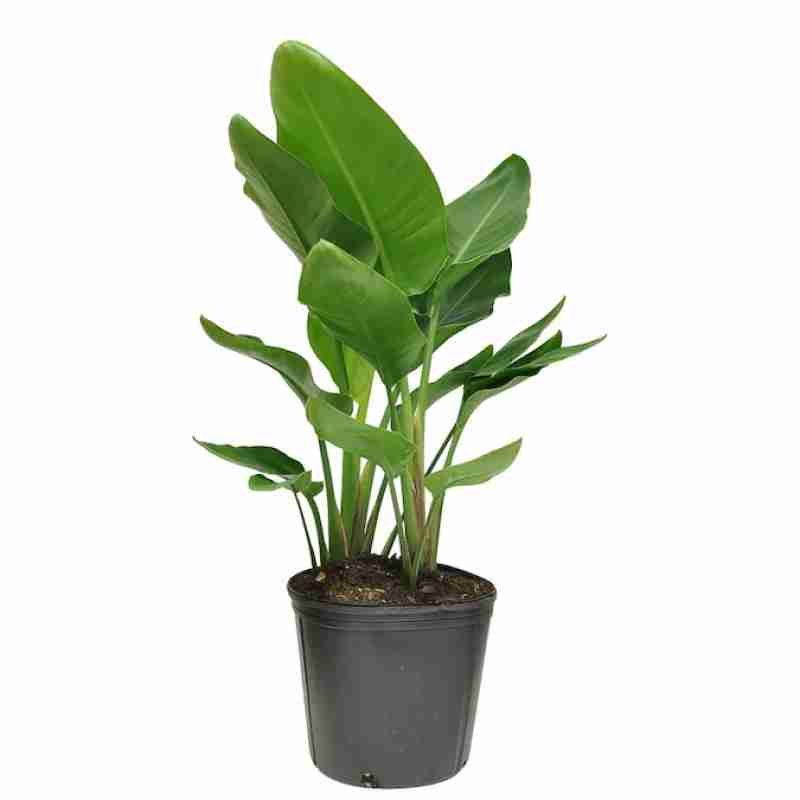
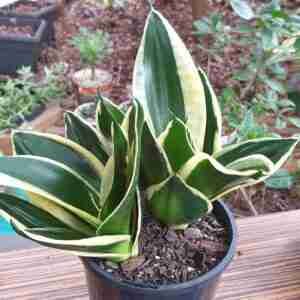
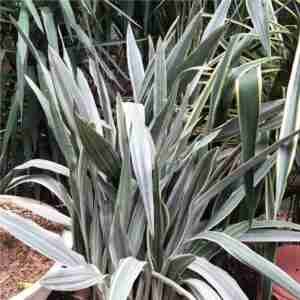
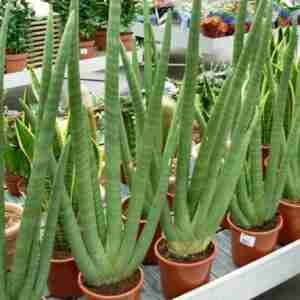

Reviews
There are no reviews yet.